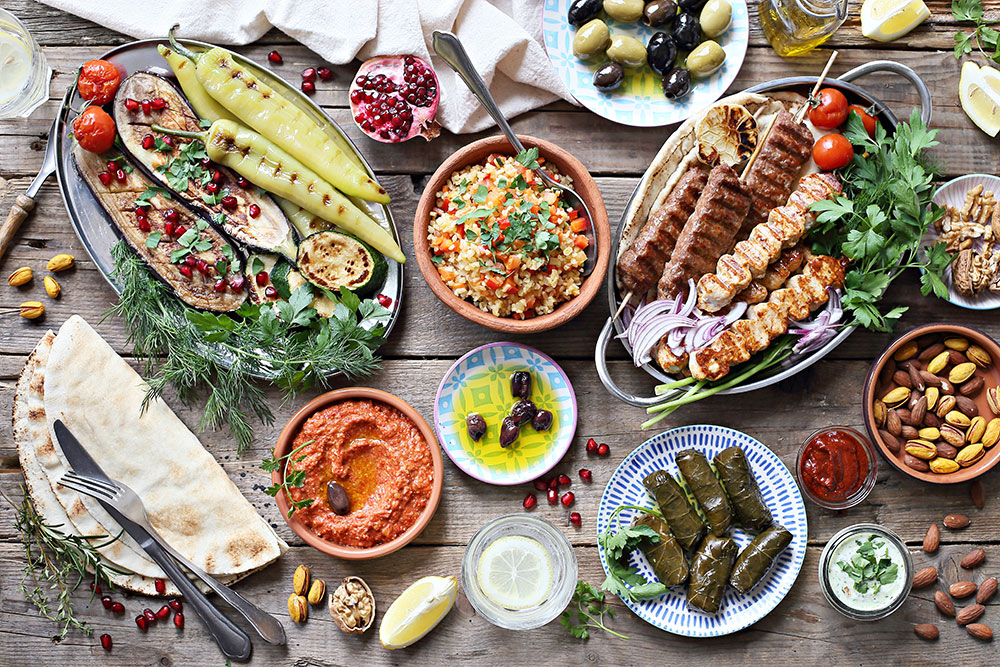The integration of Artificial Intelligence (AI) into kitchen operations is revolutionizing the food service industry, ushering in a new era of efficiency, precision, and innovation. From culinary creation to backend logistics, AI is streamlining various aspects of food service operations, offering a multitude of benefits for both businesses and customers.
1. Automated Cooking Processes
AI is transforming the culinary landscape by introducing automated cooking processes. Smart kitchen appliances and robotic systems, guided by AI algorithms, ensure consistency in food preparation. This not only reduces the margin for human error but also enhances the speed and precision of cooking, resulting in a consistent and high-quality dining experience.
2. Predictive Ordering and Inventory Management
AI’s predictive capabilities are optimizing the ordering and inventory management processes in kitchens. By analyzing historical data, current demand patterns, and external factors, AI systems can forecast ingredient requirements accurately. This proactive approach minimizes the risk of overstock or stockouts, reducing waste and contributing to overall cost efficiency.
3. Recipe Enhancement and Innovation
AI is a catalyst for culinary creativity, contributing to recipe enhancement and innovation. Machine learning algorithms analyze ingredient combinations, cooking techniques, and customer preferences to suggest novel recipes. This not only keeps menus dynamic and exciting but also allows chefs to experiment with new flavors and concepts based on data-driven insights.
4. Energy-Efficient Operations
AI is playing a pivotal role in optimizing energy consumption in commercial kitchens. Smart appliances can adjust energy usage based on real-time demand, ensuring that resources are used efficiently. From smart ovens that preheat only when necessary to energy-efficient ventilation systems, AI contributes to sustainable and cost-effective kitchen operations.
5. Quality Control Through Machine Vision
Machine vision powered by AI is enhancing quality control measures in kitchens. Automated systems can visually inspect ingredients for freshness, monitor cooking processes for consistency, and even assess the visual appeal of plated dishes. This level of precision ensures that every dish meets the established standards, contributing to customer satisfaction and positive brand reputation.
6. Dynamic Menu Adaptation
AI enables dynamic menu adaptation based on real-time data. By analyzing customer preferences, seasonal trends, and ordering patterns, AI can suggest adjustments to the menu. This flexibility allows establishments to respond quickly to changing demands, ensuring that the menu remains relevant and attractive to evolving consumer tastes.
7. Smart Waste Reduction
AI’s analytical capabilities contribute to smart waste reduction strategies. By tracking food consumption patterns, expiration dates, and kitchen practices, AI systems can identify areas where waste can be minimized. This not only aligns with sustainability goals but also supports cost-saving initiatives in food service operations.
In conclusion, AI in the kitchen is a transformative force, streamlining food service operations in ways that were once unimaginable. From automating cooking processes to optimizing inventory management, the integration of AI is paving the way for a future where kitchens are not just efficient but also dynamic hubs of culinary innovation. As technology continues to advance, the marriage of AI and food service operations will likely redefine the industry’s standards for excellence and efficiency.
